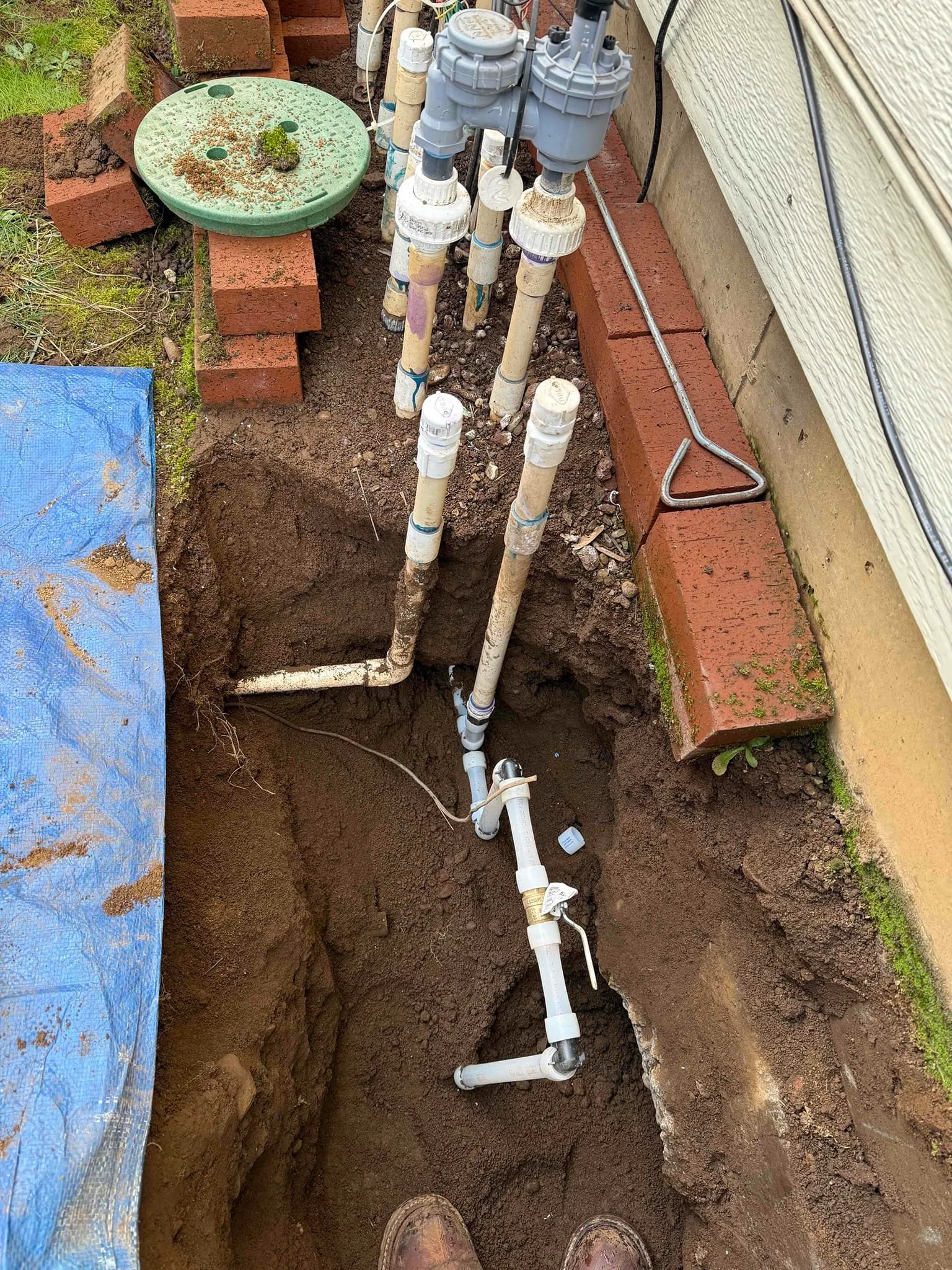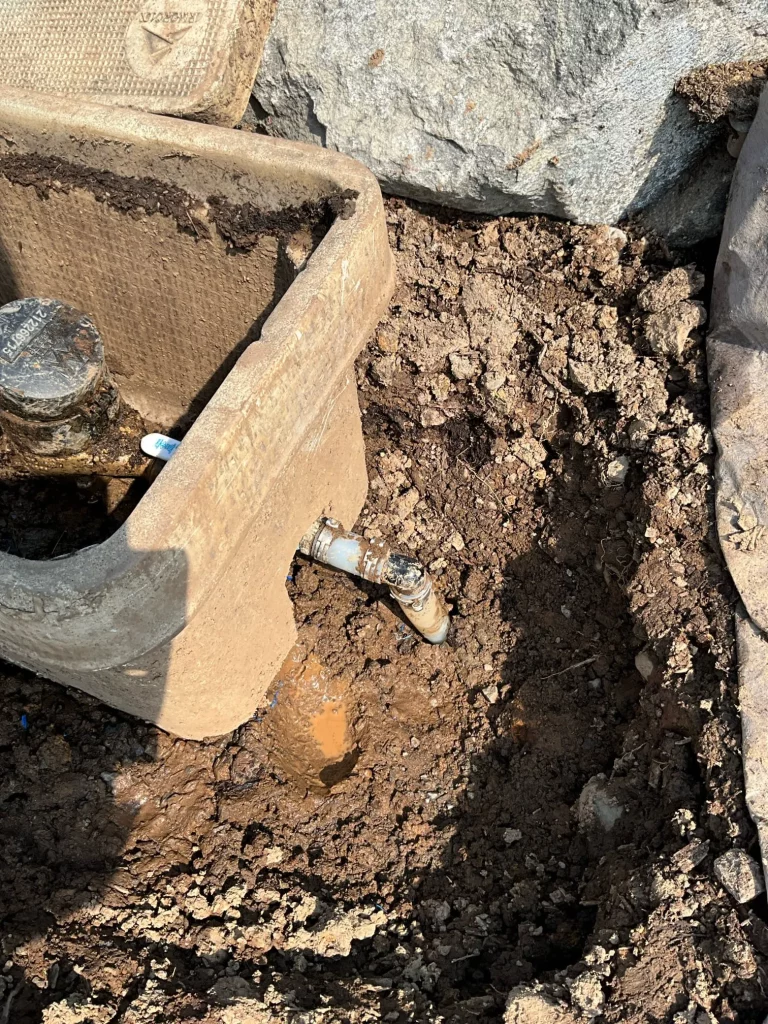
Reducing household water waste starts with addressing your home’s plumbing system in Vancouver, WA. The most effective strategies are promptly fixing leaks, upgrading to high-efficiency fixtures, and maintaining your pipes and water heater. A dripping faucet or a running toilet may seem minor, but an analysis by the U.S. Environmental Protection Agency shows that common household leaks can waste nearly 1 trillion gallons of water nationwide each year. By focusing on these key areas, homeowners can significantly cut their water consumption and lower their utility bills.
This guide translates years of hands-on plumbing experience into practical steps you can take to identify water waste and implement effective plumbing solutions. The information here offers reliable advice for making your home more efficient.
The first step in managing water waste is finding the source. Leaks are not always obvious, and a small drip can add up quickly. A faucet that drips just once per second can waste more than 3,000 gallons per year.
Toilets are a frequent source of hidden leaks. A faulty flapper can allow water to silently seep from the tank into the bowl, wasting hundreds of gallons daily.
Faucets are another common issue. Check for drips from the spout and look for moisture around the base and under the sink. A worn-out washer or gasket is usually the problem and is a straightforward fix.
Your water meter is an excellent tool for identifying leaks you can’t see, such as those in walls or under your home’s foundation. To perform a check:
Older plumbing fixtures were not designed with water conservation in mind. Replacing them with modern, high-efficiency models offers one of the best returns for reducing water use. Fixtures with the EPA’s WaterSense label have been independently certified to use at least 20% less water without sacrificing performance.

The difference in water consumption between older and newer fixtures is substantial. Upgrading can lead to immediate and long-term savings.
| Fixture | Standard Older Model (Pre-1994) | WaterSense Labeled Model | Potential Annual Savings (Family of 4) |
|---|---|---|---|
| Toilet | 3.5 to 7.0 gallons per flush | 1.28 gallons per flush or less | 13,000 gallons and $130 on bills |
| Showerhead | 3.5 gallons per minute (GPM) | 2.0 GPM or less | 2,700 gallons |
| Faucet | 2.2 GPM | 1.5 GPM | 700 gallons |
Data compiled from information provided by the U.S. Environmental Protection Agency’s WaterSense program.
Your water heater can also contribute to water waste. If you have to run the tap for a long time waiting for hot water to arrive, you’re wasting gallons every day. Consider two solutions:
Before you begin upgrading your plumbing solutions, think about a few key factors to ensure you make the best choices for your home and budget.
Reducing water waste at home is an achievable goal. It begins with a careful evaluation of your current plumbing system in Vancouver, WA, from fixtures to pipes. Start by checking for leaks, then consider which upgrades make the most sense for your home, budget, and long-term plans. Making thoughtful, informed decisions about your plumbing can lead to significant water and money savings for years to come.
If you have identified leaks or are considering upgrading your fixtures, getting professional advice can ensure the job is done right. For a thorough inspection or to discuss your options, contact Simpson Plumbing. You can reach us at (360) 954-2041 to schedule an appointment and find the best solutions for your home.
Yes. Early models sometimes had performance issues, but today’s WaterSense labeled fixtures are engineered to provide the same or better performance while using less water. Technology has improved significantly, ensuring strong flush power and satisfying shower pressure.
The EPA estimates that fixing easily corrected household water leaks can save homeowners about 10 percent on their water bills. For a small investment in parts or a professional repair, the savings can be substantial over a year.
The upfront cost of a tankless water heater is typically higher than a traditional tank model. However, they can last longer and have lower operating costs. For homes that use a moderate amount of hot water, the U.S. Department of Energy estimates that tankless models can be 24%–34% more energy efficient than conventional storage tank heaters, often resulting in savings over the life of the unit.
Look for unexpectedly high water bills, a sudden drop in water pressure, or damp spots and puddles in your yard when it hasn’t rained. You might also hear a hissing or running water sound when no fixtures are on.
Toilet flappers are inexpensive parts that can wear out from chemicals in the water and general use. It’s a good practice to check them annually and replace them every 3-5 years or as soon as you detect a leak.
Yes, old galvanized steel pipes can corrode from the inside out. This corrosion can release particles into your water, causing discoloration and a metallic taste. It also creates rough surfaces that can restrict water flow and lead to leaks.
Faucets with the WaterSense label are a great choice. Additionally, aerators, which are small screens screwed onto the tip of the faucet, are a very inexpensive way to reduce water flow without sacrificing pressure.
.